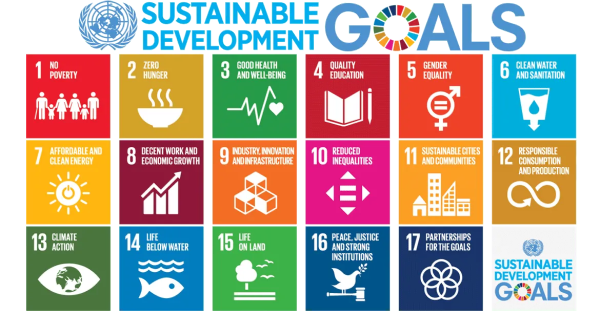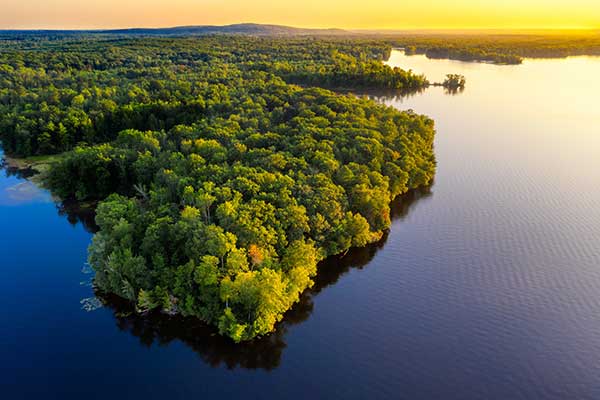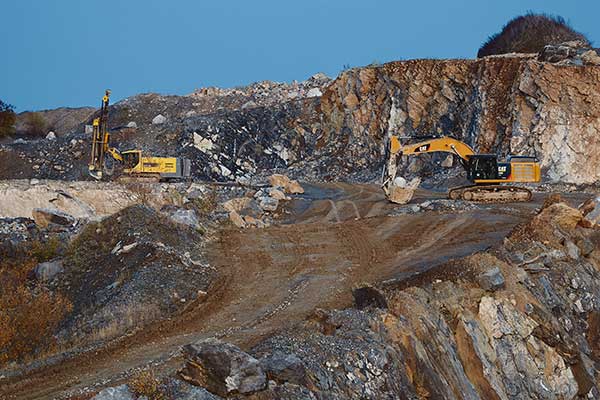Education is key for a sustainable future; join in developing content!
STEM education can play an important role in creating a sustainable future. Understanding issues relevant to sustainable development requires mathematics, including statistics and programming. To help facilitate this, an ambitious new project has been set up by T³ Europe involving content co-creation. We want to design classroom activities and content with STEM and sustainability in mind. That’s why we are calling on teachers to develop activities for this T³ Europe STEM sustainable development project.

Need for teachers to step up
The scope of the project – the focus of a webinar on June 4 - is to add a classroom resource at least every month, starting in September. Sustainability is a hot topic, and students seem to think so too, given the millions of students showing up at protests for the environment and other social and societal issues. T³ Europe STEM coordinator Ian Galloway started the webinar ‘Sustainability in STEM education’ with a quote from Britain’s Prince Charles: “Nature has just been pushed to the peripheries, we’ve exploited and dug up and cut down everything as if there was no tomorrow, as if it doesn’t matter. The more we erode the natural world, the more we destroy biodiversity, the more we expose ourselves to this (SARS-CoV-2) kind of danger.” This quote, says Ian, “underlines the need and urgency for teachers to step up, since education is key for a sustainable future.”

Empowering learners
Increasing the capacity to empower learners is one of the targets of the UNESCO program Education for Sustainable Development (ESP for 2030) and this is what the T³ network would like to work on. The UN has devised 17 sustainable development goals (SDGs) and these are subscribed to by the European Union. “All SDGs invite two questions; why and how the goal is to be reached,” Ian points out. “So, they are open to mathematical and scientific investigation. The task we face is about translating material relevant to the goals into activities which are accessible to young people and involve the use of TI technology.”

Three steps to awareness
Teachers in the local T³ networks in Europe who will create teaching materials for the T³ Europe resource portal can get support from biologist Christine Bürki, an author and sustainability expert. During the webinar on June 4 Christine outlined the framework of sustainable development education, focusing on three steps that will help to make students aware of the issues. Step 1, she said, while pointing to the periodic table on screen, is to highlight that every material has its own material footprint, since all objects consist of these primary elements. Step 2 is to teach students that the footprint of objects can be measured via MIPS (Material Input per Service Unit). Step 3 is about the important role that teachers have. “Here you can become creative and create assignments for your specific subject,” says Christine, who is also happy to assist with ideas. “Like, letting them calculate the MIPS of e-cars. Are they sustainable?”

Call for activities and project logistics
Teachers who have developed or are in the process of developing activities involving sustainability and STEM are kindly requested to participate in this project. The activities would cover a typical lesson of 1-2 hours that teachers can fit in their curriculum however they choose. The template for the activities will be placed in the T³ Europe resource portal. Three activities will be posted there shortly, so teachers can check those for guidelines. All ideas or submissions can be sent to the project coordinator Stephan Griebel (s-griebel@ti.com). We want to speak to the hearts of the teachers and students to impact their beliefs and ultimately influence their attitude and behaviours. The students are the next generation and proper content will help them to understand the world around us.
Also check:
